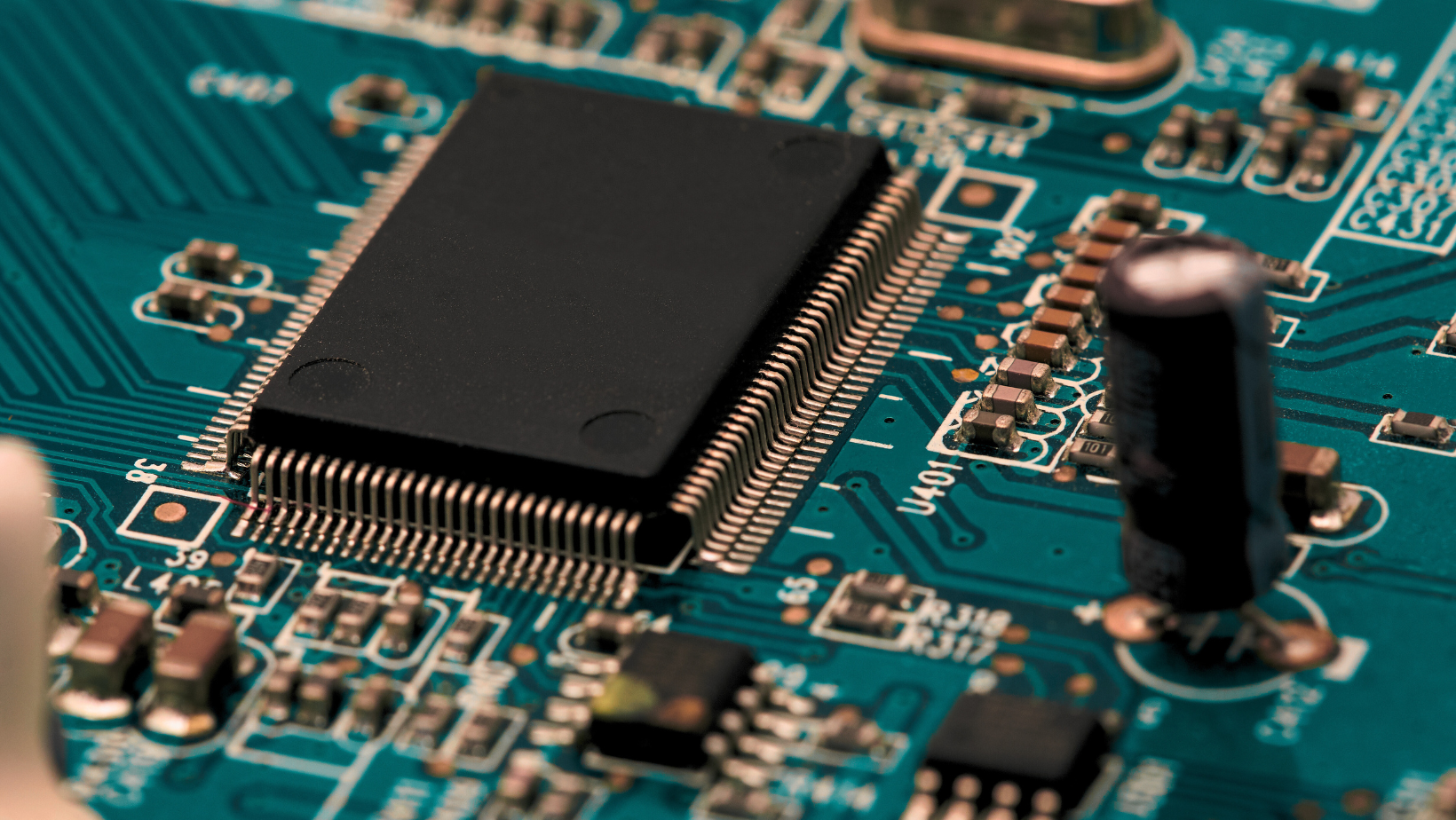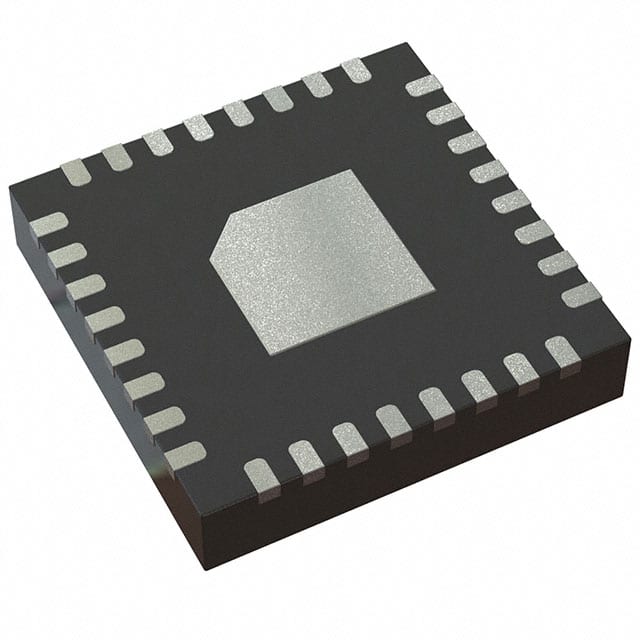Electronics and electrical engineering are the driving forces behind many technological innovations shaping our modern world. Understanding the fundamentals of these fields requires a solid grasp of the essential electrical components and their functions. These components play a critical role in designing, building, and troubleshooting electronic circuits, from resistors and capacitors to transistors and diodes. We will take a deep dive into the 14 essential electrical components and their functions, providing you with the knowledge and tools to become an expert in electronics. Whether you’re a beginner looking to build a strong foundation or an experienced engineer seeking to expand your knowledge, this guide has something for everyone.
Resistor
A resistor is an electrical component that opposes the current flow in an electronic circuit. It is made up of a material with a specific resistance value, which determines the amount of current that can flow through it. Resistors are used to control the current flowing through a circuit, reduce voltage levels, and provide a load for transistors and other components.
Resistors come in various types, including a carbon film, metal film, wirewound, and surface mount. Depending on the application, they are also available in different resistance values and power ratings.
Capacitor
A fundamental piece of electronic equipment, a capacitor, is an energy storage unit that utilizes an electric field. It comprises two metallic plates divided by a dielectric material, such as ceramic, polyester, or electrolytic. Energy is stored when voltage is applied to the capacitor. Its applications are diverse, such as reducing noise and ripple in power supplies, timing circuits, and circuits that need to be tuned.
The variety of capacitors available is extensive, including ceramic, electrolytic, tantalum, and film capacitors that suit different capacitance values and voltage ratings depending on the intended application’s requirements.
Inductor
Inductors are like tiny electrical storage units capable of holding energy in a magnetic field. They consist of a coil of wire that creates a magnetic field when electricity passes through it. These beneficial components have many applications, from filtering out unwanted noise from power supplies to control motors.
Although they all serve the same primary function, inductors come in various sizes and types, including air-core, iron-core, and toroidal inductors. And not all inductors are created equal – certain types can handle higher currents than others, and some are better suited for specific applications.
Diode
Explore the world of diodes, the electrical conductors that only allow current to flow in one direction. These small components comprise a special combination of semiconductor materials that provide practical applications in electrical engineering. With the ability to rectify AC signals into DC, protect circuits from reverse voltage, and regulate voltage, diodes are an integral component in many circuits. Choose from various types, from silicon to germanium to Schottky diodes, and match the voltage and current rating to your specific application. Embrace the power of diodes and discover their many uses in your projects.
Transistor
At the heart of electronic devices lies a technological marvel – the transistor. This complex component amplifies and switches electronic signals with precision and speed. The secret to its success lies in its intricate design, which involves doping semiconductor materials like silicon or germanium to create p-type and n-type regions. Transistors find usage in various applications, ranging from amplifiers and oscillators to digital circuits. Understanding the different types of transistors, such as bipolar junction transistors, field-effect transistors, and insulated-gate bipolar transistors, is crucial to select the correct voltage and current ratings for the job.
Integrated Circuit (IC)
Integrated circuits are the powerhouse of hundreds of electronic devices we use daily. Imagine an entire electronic circuit in a tiny piece of semiconductor material. These micro wonders harness the power of interconnected diodes, resistors, transistors, and capacitors. Thanks to their versatility, ICs are used in everything from microprocessors to memory chips and analog circuits. Their different types, including digital and analog, accommodate varying needs. The packages are also available in through-hole and surface mount types and varied pin counts. The complexity of the function will determine the appropriate number of pins. ICs, in short, fuel every corner of our digital world.
Transformer
A transformer is a versatile and essential electrical component at the heart of the electrification world. It has two coils of wire encircling a magnetic core, and when the voltage changes in one coil, it induces a different voltage in the other coil. This fundamental principle enables transformers to regulate voltage, match impedance, and isolate circuits for various applications. From step-up to step-down and isolation to autotransformers, transformers come in multiple types to fulfill specialized needs. Additionally, they come in a range of power ratings to cater to specific application requirements.
Relay
A relay is an electrical component that switches high currents or voltages using a low-current control signal. It is made up of a coil of wire that generates a magnetic field when a current flows through it. This magnetic field activates a set of contacts, which can open or close a circuit. Relays are used in various applications, such as motor control, power switching, and automotive systems.
Relays come in various types, including electromechanical, solid state, and reed relays. Depending on the application, they are available in different contact and voltage ratings.
Fuse
Regarding electrical safety, fuses are a key player in protecting your circuits from overcurrent conditions. These tiny but mighty components are designed with a thin wire or filament that acts as a defense mechanism. If a current exceeds a specific level, the wire will melt or break, thus stopping the flow of electricity and preventing any damage to other components.
Fuses are the unsung superheroes of various applications, such as power supplies, lighting, and automotive systems. But not all fuses are created equal! They come in multiple types, including fast-blow, slow-blow, and resettable fuses, each with unique attributes. Fuses are also available in different current and voltage ratings, ensuring that there are options to fit any application. Next time you need extra protection for your electrical system, consider turning to the trusty fuse.
Circuit Breaker
A powerful ally in electrical engineering, circuit breakers work tirelessly to protect circuits from the dangers of overcurrent conditions. They heroically interrupt current flow when levels exceed a predetermined threshold, saving the day for everything from household wiring to industrial machinery. With different types, current and voltage ratings available, circuit breakers offer unparalleled flexibility for a wide range of applications. Whether you need thermal-magnetic, magnetic-only, or electronic circuit breakers, they are always ready to protect your system from harm.
Battery
As a vital energy source for numerous electrical devices, batteries are integral to our daily lives. These devices convert chemical energy into electrical energy through one or more cells, allowing them to power everything from portable gadgets to electric vehicles. With an array of battery types available, including alkaline, lithium-ion, lead-acid, and nickel-cadmium, users can choose the correct voltage and capacity to suit their needs. Whether you rely on batteries for backup power or to keep your devices going, these power-packed components have become an indispensable part of our modern world.
Switch
A switch is an electrical component used to open or close a circuit. It comprises a set of contacts that can be manually or electronically operated. Switches are used in a variety of applications, such as lighting systems, power supplies, and home appliances.
Switches come in various types, including rocker, toggle, and pushbutton. Depending on the application, they are also available in different contact and voltage ratings.
Oscillator
An oscillator is a nifty electrical gadget that can produce a steady, buzz-worthy electrical signal with a specific frequency. This device uses a resonant circuit that generates a constant frequency ache. Oscillators are a jack-of-all-trades component and can be found in practical uses like radios, clocks, and test gear. Notably, they come in various frequency ranges to suit multiple applications.
Transducer
A transducer is an electrical component that is used to convert one form of energy into another format of energy. It can convert electrical power into mechanical energy or vice versa. Transducers are used in various applications, such as microphones, loudspeakers, and sensors.
Transducers come in various types, including piezoelectric, electromagnetic, and thermoelectric transducers. Depending on the application, they are also available in different sensitivity and frequency ranges.
Conclusion
Understanding the basic electrical components and their functions is essential for anyone working with electronics. By knowing each component’s role in a circuit, you can troubleshoot problems, design circuits, and select the appropriate components for your applications.
Discover the vital building blocks of electronics with this comprehensive article on the 14 most commonly used electrical components. Dive into the world of resistors, capacitors, and diodes, and unlock the power to create the most innovative and intricate electronic designs. Expand your knowledge, and deepen your understanding of the complex circuitry that makes up our modern world. With these essential components at your fingertips, you’ll be well on your way to becoming a masterful electronics expert.












